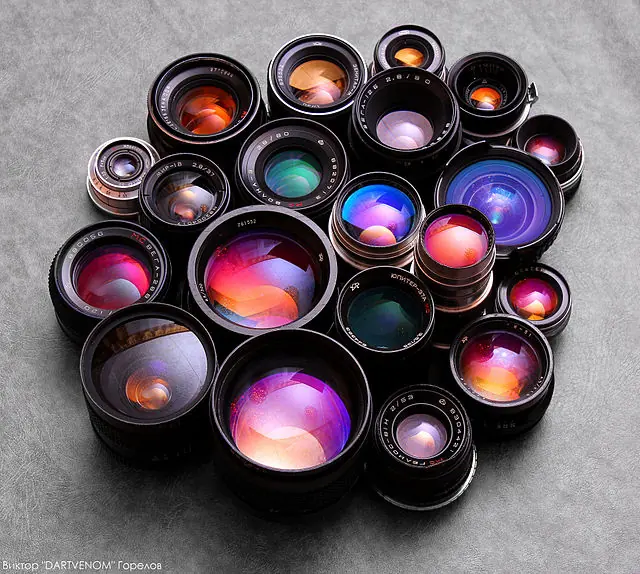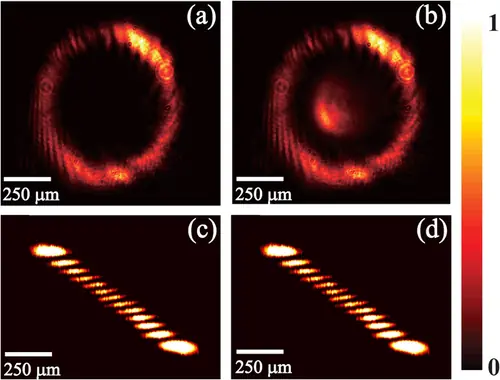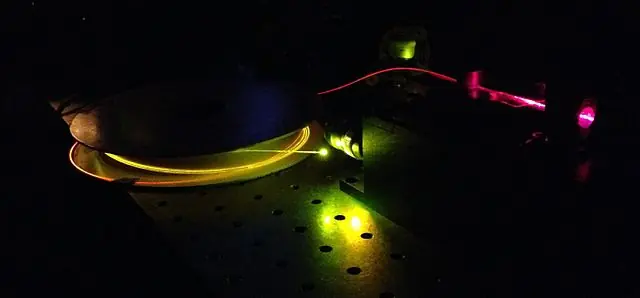Anti-Reflective Coating

An anti-reflective coating, also known as an AR coating or non-reflective coating, is a thin layer of material applied to the surface of a lens or other optical element in order to reduce the amount of light that is reflected off of it. This is useful in a variety of applications, including eyeglasses, camera lenses, and other optical instruments, as it helps to improve the clarity and contrast of the image being viewed or captured.
The way that an anti-reflective coating works is by utilizing a property of light known as refraction. When light travels through a medium with a different refractive index, such as glass or plastic, it is bent or refracted. This refraction can cause light to be reflected off the surface of the lens, resulting in a loss of contrast and clarity in the image being viewed or captured.
An anti-reflective coating works by applying a thin layer of material with a refractive index that is carefully matched to the lens or other optical element. This layer is applied in such a way that it cancels out the reflection of light by effectively eliminating the refraction that causes the reflection. This results in a lens or other optical element that is much less reflective and allows more light to pass through, improving the clarity and contrast of the image being viewed or captured.
Anti-reflective coatings are typically applied to the front and back surfaces of lenses, but can also be applied to other optical elements such as mirrors or prisms. They are commonly used in eyeglasses, camera lenses, telescopes, and other optical instruments where clarity and contrast are important. They are also used in some electronic displays and solar panels to improve the efficiency and performance of these devices.






